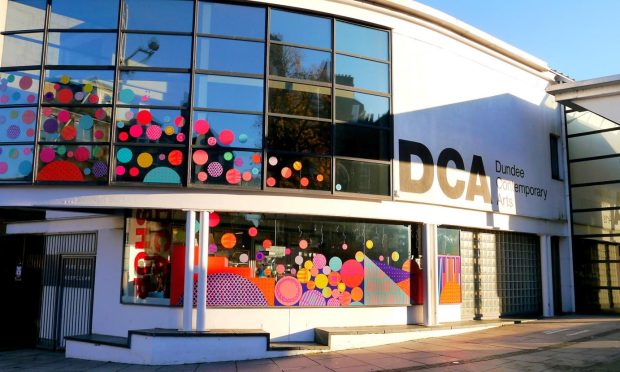Peter Jones’ upcoming book of St Andrews watercolours is a personal tribute to the town that shaped his academic and artistic journey.
Due for release in April 2025, the book will feature 21 paintings of the town’s most iconic buildings and hidden gems, including the university’s historic structures, the Old Course Hotel, and familiar local spots like Fisher & Donaldson’s bakery, Janetta’s ice cream shop and Toppings.
Peter’s connection to St Andrews runs deep, and these buildings are not just subjects for his art – they are part of his story.
“I’ve always been inspired by the buildings I paint,” Peter explains.
“There’s a connection I feel to them – sometimes it’s a memory, or the way the light hits a particular structure. There’s a story behind every painting.”
The St Andrews book will capture these stories, blending history and personal anecdotes.
Each of the 21 watercolours will be accompanied by text offering both historical context and reflections from Peter’s time in the town.
For example, Peter painted the New Picture House under a heavy sky, evoking memories of the late-night films he watched as a student.
The cinema is, of course, currently closed for refurbishment into a sports bar.
Who is artist Peter Jones?
Peter, 49, now based in Portobello, Edinburgh, spent four transformative years in St Andrews, where he studied French and History of Art.
But it wasn’t until after graduation that his passion for painting truly took off.
Raised in Paris and Newcastle, Peter’s early exposure to French culture and his artist grandfather’s influence sparked his love for watercolour painting.
Though he didn’t pursue formal art school, his return to Paris after graduation in 1997 deepened his connection to the art world.
It was only when he moved back to Edinburgh in 2000 that his artistic career began to gain momentum, with exhibitions and commissions marking his growing reputation.
Why did Peter Jones choose St Andrews?
Peter’s first book, inspired by his exhibition of Kirkcudbright’s architecture, set the stage for his ongoing exploration of Scottish buildings.
But the decision to focus on St Andrews was deeply personal.
“St Andrews has such a special place in my life, so it seemed like the natural next step,” he says.
The book is not only a celebration of the town’s famous landmarks but also of the everyday spaces that hold personal memories.
The Old Union Coffee Shop, where Peter spent hours as a student, is one such place featured in the book, immortalised in his delicate watercolours.
Peter’s artistic style is marked by vibrant watercolours and quirky lines that give life to the buildings he paints.
He is committed to painting directly from life, capturing the nuances of light, colour, and texture that photographs cannot convey.
“When you’re there in person, you see everything – the subtle changes in colour, the character in the windows, the way light hits the stonework. It’s about the spirit of the place,” he says.
The St Andrews book is a labour of love, one that reflects not just Peter’s artistic journey but also his deep connection to the town.
While Peter no longer visits St Andrews as frequently as he would like, his art keeps him connected to the town and its people.
“It’s a bit of a trek for a day trip,” he admits, “but I do get back every so often.”



















Conversation